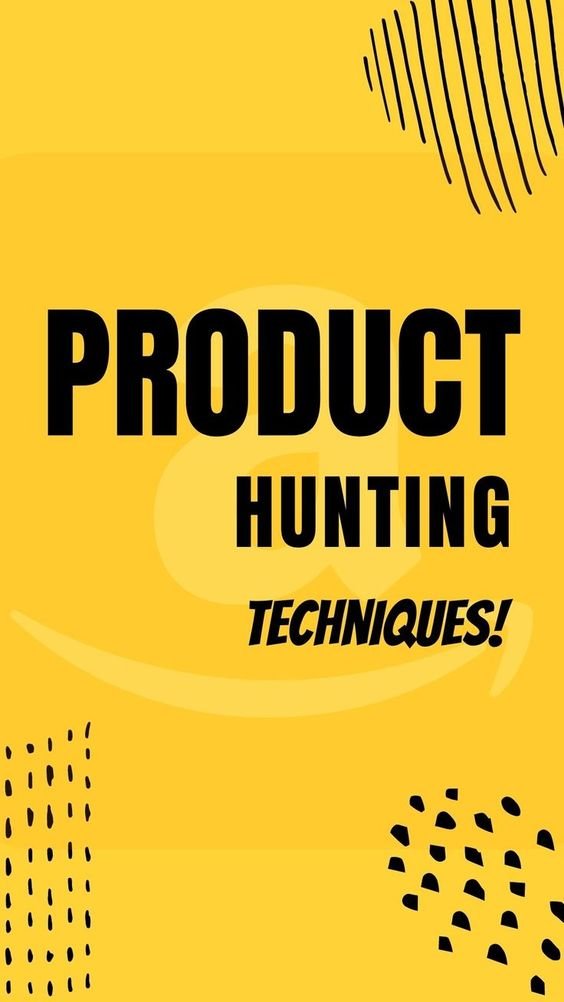Table of Contents
Product hunting and launching can be exhilarating ventures in the world of business, offering opportunities for innovation, growth, and success. However, amidst the excitement, it’s crucial to navigate potential pitfalls that can derail your efforts. In this comprehensive guide, we’ll explore common mistakes to avoid in product hunting and launching. By understanding these pitfalls and learning how to sidestep them, you can increase your chances of achieving a successful product launch and long-term viability in the market.
1.Lack of Market Research
One of the most common mistakes in product hunt is proceeding without conducting thorough market research.Lack of market research is a critical oversight in product development. Without a deep understanding of the target audience, competitors, and market trends, businesses risk launching a product that fails to address consumer needs or lacks a competitive edge. Thorough market research, including surveys, focus groups, and competitor analysis, is essential for identifying market gaps, understanding customer preferences, and refining product features. By investing time and resources into comprehensive market research, businesses can minimize risks, optimize product-market fit, and increase the likelihood of a successful product launch and long-term viability in the market.

2. Ignoring Customer Feedback
Ignoring customer feedback is a critical mistake in product development. Customer input provides valuable insights into product preferences, pain points, and areas for improvement. Failing to listen to customers can result in launching a product that misses the mark and fails to resonate with the target audience. By actively soliciting and incorporating customer feedback throughout the development process, businesses can create products that meet customer needs and expectations. Ultimately, prioritizing customer feedback fosters stronger customer relationships, enhances product satisfaction, and increases the likelihood of long-term success in the market.
3. Rushing the Development Process for product hunting
Rushing the development process is a common mistake that can have detrimental effects on product quality and success. By skipping essential steps such as thorough planning, prototyping, and testing, businesses risk launching a subpar product that fails to meet customer expectations. Rushed development can lead to overlooked flaws, bugs, and usability issues, resulting in negative customer experiences and potential damage to brand reputation. Taking the time to execute a well-planned development process ensures a higher-quality product that is more likely to resonate with customers and achieve long-term success in the market.

4. Overlooking Marketing and Promotion
Overlooking marketing and promotion is a common mistake that can hinder the success of a product launch. Even the most innovative products can struggle to gain traction without effective marketing efforts. Businesses must develop a comprehensive marketing strategy that includes pre-launch hype, targeted advertising, and ongoing promotion to generate buzz and drive sales. Failure to prioritize marketing and promotion can result in low visibility, missed opportunities, and underwhelming sales performance. By investing in strategic marketing initiatives, businesses can maximize the reach and impact of their product launch, leading to increased brand awareness and customer engagement.
5. Setting Unrealistic Expectations
Setting unrealistic expectations for product hunting is a common mistake that can lead to frustration and missed opportunities. While it’s natural to be optimistic about the potential success of a product, it’s essential to maintain a realistic perspective based on market research and industry trends. Overestimating the demand or underestimating the competition can result in poor decision-making and wasted resources. By setting achievable goals and timelines for product hunting, businesses can focus on identifying viable opportunities and pursuing them strategically. Realistic expectations help to manage risk and ensure a more successful outcome in the product hunting process.
6. Failure to Plan for Scalability
Failure to plan for scalability in product hunting is a critical oversight that can hinder long-term success. Neglecting to anticipate and prepare for increased demand can lead to bottlenecks, operational inefficiencies, and missed opportunities for growth. Scalability is essential for accommodating future expansion and ensuring that resources, infrastructure, and processes can adapt to meet evolving needs. By incorporating scalability considerations into the product hunting process, businesses can position themselves for sustainable growth and mitigate the risks associated with rapid success. Planning for scalability allows organizations to capitalize on opportunities and maintain momentum without being constrained by capacity limitations.

7. Neglecting Post-Launch Support
Neglecting post-launch support is a detrimental mistake in product management that can result in dissatisfied customers and damaged reputation. Failing to address inquiries, troubleshoot issues, and gather feedback post-launch can lead to decreased customer satisfaction and loyalty. Robust post-launch support is essential for maintaining product relevance and competitiveness in the market. By prioritizing ongoing customer support and continuously iterating based on feedback, businesses can foster stronger customer relationships and ensure the long-term success of their products. Neglecting post-launch support undermines efforts to maximize product value and can ultimately hinder business growth and profitability.
8. Underestimating Competition
Underestimating the competition is a grave mistake that can blindside you during product hunting and launching. Conduct thorough competitive analysis to identify key competitors, understand their strengths and weaknesses, and differentiate your product effectively. By being aware of your competitive landscape, you can position your product more strategically and capitalize on market gaps and opportunities.

9. Neglecting Legal and Regulatory Compliance
Neglecting legal and regulatory compliance in product hunting is a critical mistake that can have serious consequences for businesses. Failing to adhere to applicable laws and regulations can result in fines, lawsuits, and reputational damage. It’s essential to understand and comply with legal requirements related to product safety, intellectual property, consumer protection, and industry-specific regulations. By prioritizing legal and regulatory compliance from the outset of the product hunting process, businesses can mitigate risk and ensure that their products meet the necessary standards for market entry. Proactively addressing compliance issues helps to safeguard against potential legal challenges and instills trust and confidence in consumers.
10. Lack of Flexibility and Adaptability
Finally, rigid adherence to a predetermined plan without room for flexibility and adaptability can hinder your product’s successLack of flexibility and adaptability in product hunting is a significant pitfall that can hinder success. In today’s rapidly evolving market landscape, rigid adherence to a predefined plan can result in missed opportunities and stagnation. Businesses must remain agile and open-minded, willing to pivot or iterate based on emerging trends, customer feedback, and competitive dynamics. By embracing flexibility and adaptability, businesses can respond quickly to changing market conditions, capitalize on new opportunities, and stay ahead of the competition. Cultivating a culture of flexibility enables organizations to navigate uncertainty and drive innovation, ultimately increasing their chances of success in product hunting.

Conclusion
Navigating the complexities of product hunting and launching requires foresight, strategic planning, and attention to detail. By avoiding common pitfalls such as lack of market research, ignoring customer feedback, rushing the development process, and neglecting marketing efforts, you can increase your chances of a successful product launch. Remember to plan for scalability, comply with legal and regulatory requirements, and remain adaptable in the face of challenges. With careful planning and execution, you can launch a product that resonates with your target audience, drives sales, and establishes your brand as a leader in the market.



Leave a Reply